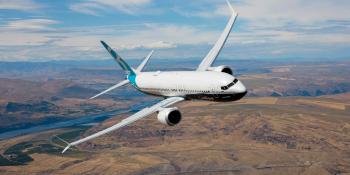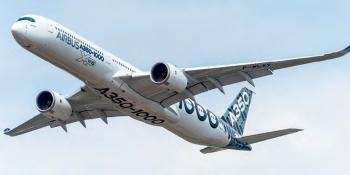
The Armée de l’Air (French Air Force) has retired its Harfang unmanned air system capability from service, following the final flight from BA709 Cognac-Chateaubernard on January 8.
The final flight was performed by Escadron de Drones 1/33 ‘Belfort’ in the presence of General Éric Charpentier, the commander of the Brigade Aérienne de l’Aviation de Chasse (BAAC or Fighter Air Brigade).
The Harfang system was leased from Airbus Defence and Space and is a local variant of the Israel Aircraft Industries Heron I mediumaltitude, long-endurance UAS, with an indigenously developed ground control station.
Named after the Arctic Snowy Owl, the Harfang made its first flight at the Direction Générale de l’Armement Essais en Vol (DGA-EV or Directorate General of Armaments Flight Test) centre at BA125 Istres-Le Tubé in September 2006, and initially deployed to Afghanistan in February 2009. Between February 2009 and July 2016, the fleet flew more than 7,000 hours on operations.
Following their withdrawal from Afghanistan, the Harfangs were relocated to BA709 Cognac- Chateaubernard and used to support local security operations, including the G8 and G20 summits, and the European Football Championship. At the time of its withdrawal, the Harfang had achieved 15,440 flight hours without any major incident. The Harfang is being replaced in Armée de l’Air service by the General Atomics Aeronautical Systems Inc MQ-9 Reaper, which will also be operated by Escadron de Drones 1/33 at BA709.
Speaking at the retirement event, General Charpentier said: “The withdrawal of the Harfang makes space for the arrival of the six additional MQ-9 Reaper Block 5 drones from 2019, and the 180 personnel assigned to the squadron will increase to at least 320 by 2020.” Nigel Pittaway




